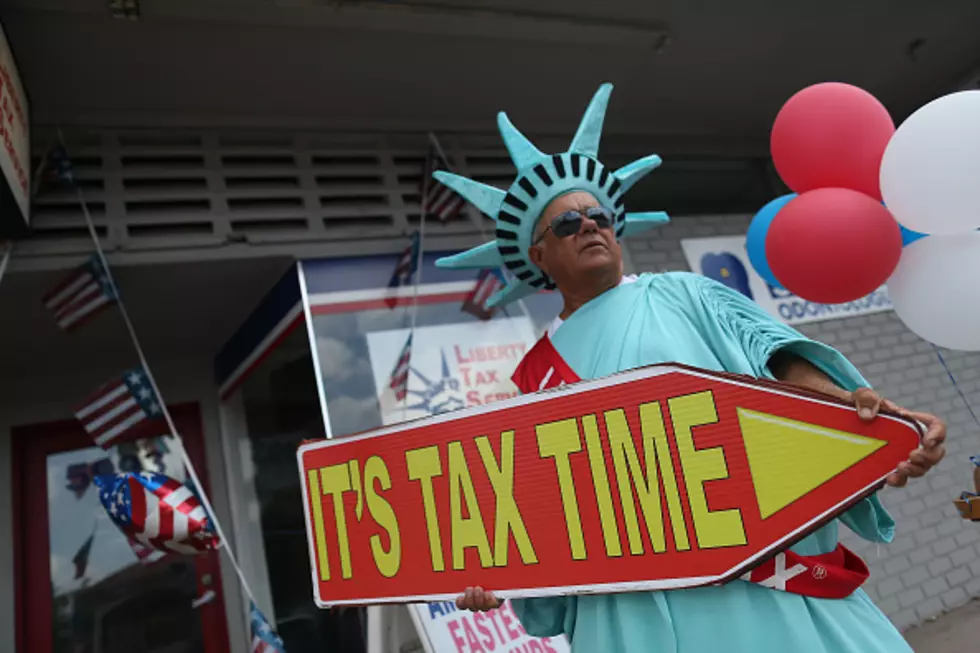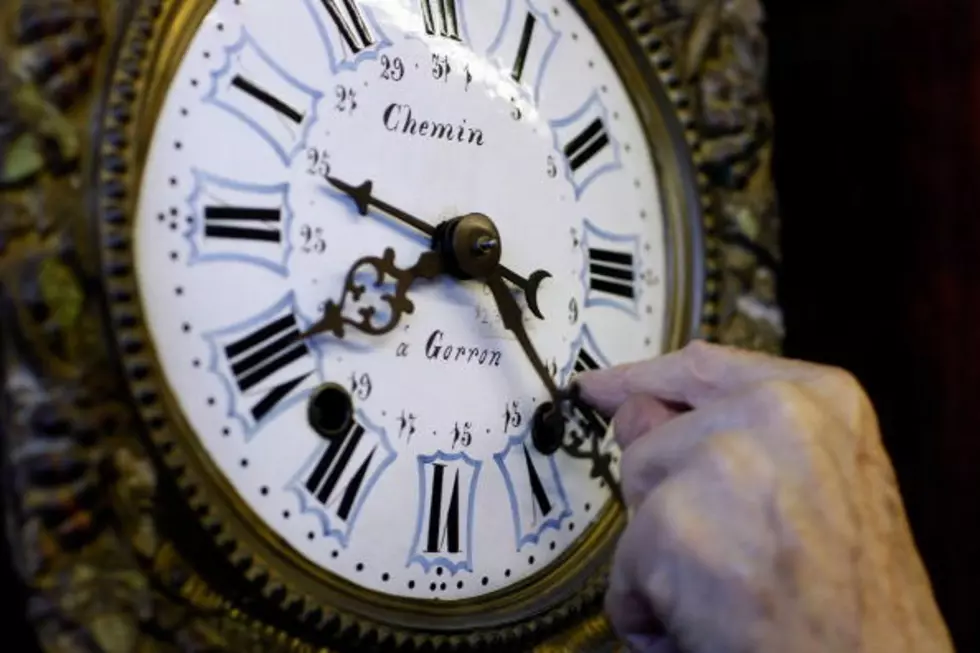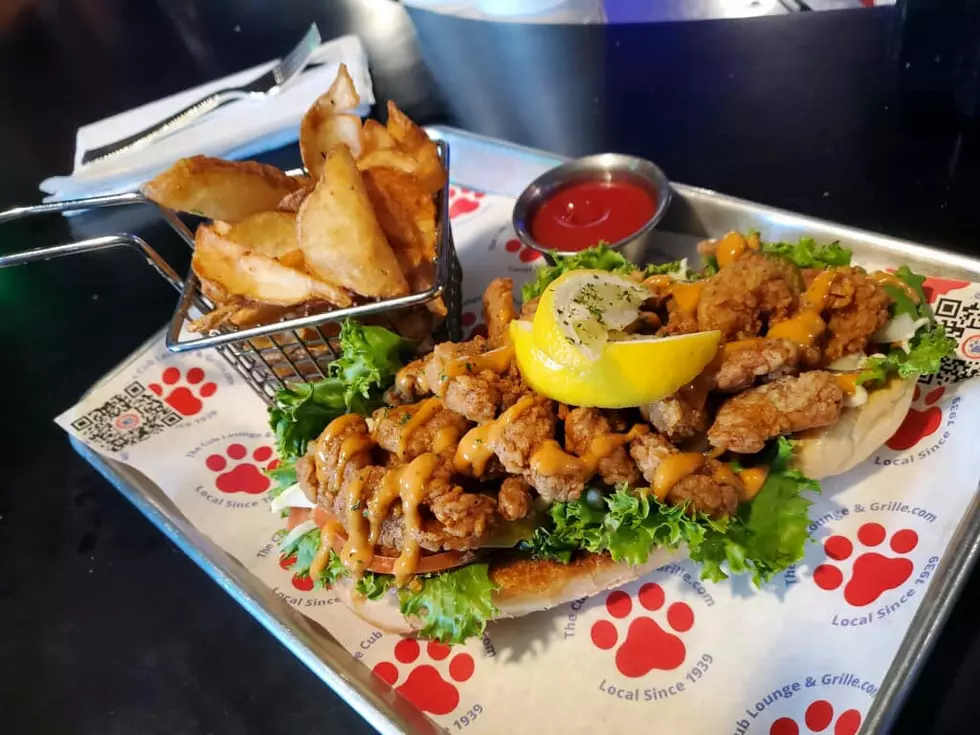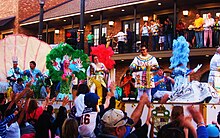
The History Of Mardi Gras In Every Louisiana City That Celebrates
All across Louisiana, folks are lined up for the parades. Floats, beads, food and cold beer can be found everywhere you turn. New Orleans is ground zero for Mardi Gras, but cities all over are throwing down today. Here is the history of Mardi Gras celebrations all over Louisiana.
Below is the information from wikipedia about a few places you might not have known Mardi Gras. You can get the complete list that includes Lafayette, New Orleans, Baton Rouge and more over at wikipedia.com.
Lake Charles
Lake Charles hosts a family-friendly Mardi Gras celebration with nine parades.[40] With over 50 krewes, it is second only to New Orleans in the number of krewes in Louisiana.[41] The Lake Charles Mardi Gras celebration is unique in that it is the only place in Louisiana where the public is invited to see the costumes of the all the krewes in one place, at the Lake Charles Civic Center.[42] Mardi Gras began in Lake Charles as early as 1882 when King Momus landed on the lakefront to begin the celebration.[43] With the onset of the World Wars, Mardi Gras in Lake Charles was not celebrated as much, but was revived in the latter part of the century. This celebration begins in Lake Charles on January 6 each year. The last parade is the Krewe of Krewes Parade in downtown Lake Charles.[44] Mardi Gras in Lake Charles regularly draws 150,000 people.[45] In addition, Mardi Gras can be enjoyed in Lake Charles year round at the Mardi Gras Museum of Imperial Calcasieu, which features elaborate costumes and an interactive float.[46] This museum houses the world's largest collection of Mardi Gras costumes.[47]
New Roads
New Roads another Mardi Gras celebration outside New Orleans.[48] The family-friendly celebration has been an annual event since 1922 and includes two parades on Fat Tuesday: the Community Center Carnival parade, one of the nation's oldest African-American sponsored events, which rolls in the morning; and the New Roads Lions Carnival parade, the first-known Mardi Gras parade to be staged as a charitable fundraiser, which rolls in the afternoon.
Shreveport
Shreveport, located in the Northwestern corner of the state, has numerous krewes, including several that do not parade. Some of them include Atlas, Sobek, Harambee, Centaur, Gemini, Highland, and Asclepius. Thousands of people come to Shreveport to see the parades each year. History has it that Shreveport was said to had Mardi Gras parades beginning after the Civil War. However, the Great Depression ended the celebration for years. In 1989 the parade tradition was renewed by the Krewe of Gemini parade. With their New Orleans style floats, Gemini has grown to the biggest krewe in Shreveport, peaking at over 300 members a couple of years ago.
Alexandria
Alexandria, which is located in the heart of Central Louisiana (CenLa), enjoys a blend of Mardi Gras traditions in keeping with the area's reputation as the "cultural crossroads" of the state. In addition to Mardi Gras balls, parties, and other functions, it hosts several parades, including the Alexandria Mardi Gras Association (AMGA) Krewe Parade, traditionally on the Sunday before Mardi Gras, a Children's parade, and the "Krewe of Provine" Parade, usually held on Mardi Gras Day. In 2008, the "College Cheerleaders and Classic Cars" parade made its debut with warm reception. The area's parades are known for their mix of traditional Mardi Gras fun and revelry with a family-friendly environment. They attract people from as far away as Texas and Mississippi.
Other cities celebrating Mardi Gras today include Bogalusa, Chalmette, Columbia, Covington, Gretna, Kaplan, La Place, Mandeville, Minden, Monroe, Natchitoches, Slidell, Springhill, and Thibodaux.
More From 97.3 The Dawg











